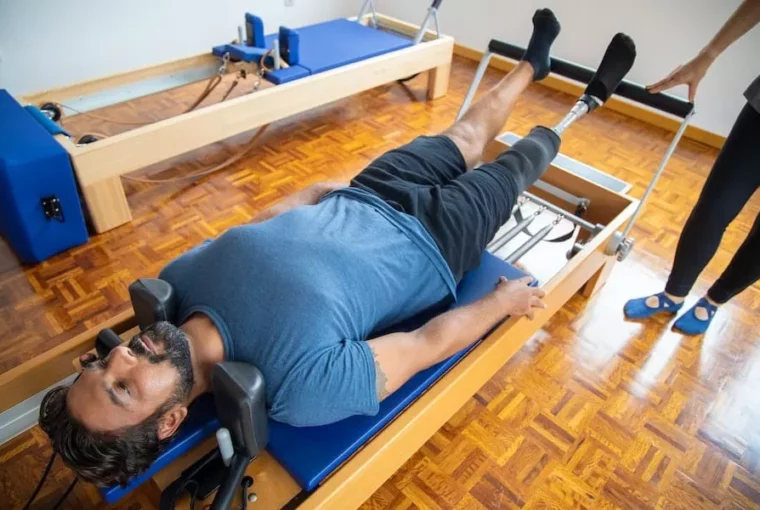Up to 40% of the population suffers from sciatica, which can produce discomfort to debilitating pain along the sciatic nerve, from the lower back to down one or both legs. This pain is caused by stenosis, bone spurs and herniated discs in the spine. PT performance training
Symptoms Of Sciatica
Pain in the lower back, hip, buttock and leg is not the only symptom of sciatica. However, if this pain increases or an electric shock-type feeling occurs during prolonged sitting, sneezing and coughing, this may signify the presence of sciatica.
As the disease progresses, individuals may also feel numbness, muscle weakness and tingling in the back, hip and leg. Some patients experience numbness in one area and pain or weakness in another. Symptom severity can also vary, becoming more or less severe, depending on the compression of the nerve.
In serious cases, compression may occur in the areas of the nerve that control the functions of the bowels or bladder. This compression may cause uncontrollable bowels and bladder.
Physical Therapy Treatment Goals
The goal of physical therapy for sciatica is to restore patients’ quality of life. The exercises and massage are used to foster healthy habits and build a healing environment. It should also reduce patients’ fear of movement and help prevent flare-ups in the future. This process should also reduce patients’ dependence and need for prescription medication and steroid injections. However, this therapy also has specific results.
Decrease Inflammation And Pain
Physical therapy that targets sciatica pain helps reduce the inflammation surrounding the sciatic nerve. When the inflammation decreases, patients’ lower back, hip, buttock and leg pain is relieved. The exercises also help the lower back to heal. As muscle strength increases, the pressure on the bones and nerves is relieved.
Improve Your Body’s Performance
Physical therapy also reduces or eliminates muscle spasms, allowing patients to move more smoothly. As muscles are built and inflammation and pain is reduced or eliminated, range of motion is also improved because the lumbar spine and joint function are restored. Weakness in the legs is also reduced, giving individuals greater mobility. Sports medicine physical therapy can then improve the body’s performance further.
Sciatica Risk Factors
Individuals may be able to prevent or reduce the symptoms of sciatica by knowing and addressing the risk factors. First, body weight, particularly obesity, has an impact on the spine. When the body’s weight increases, it causes the spine to move out of alignment, and it can cause disc herniation and spurs.
Sedentary lifestyles, especially in individuals who also sit at work, can cause the onset of sciatica. Those with this risk factor should add exercise and stretching to their daily routines. Occupations that require twisting and lifting heavy items are also risk factors.
Sciatica can also be caused by injuries resulting from car accidents, falls or sports. This condition tends to occur later in life, so as people age, their risks increase. Finally, those with diabetes can experience nerve damage. This damage can include the sciatic nerve, resulting in sciatica.
Sciatica physical therapy treatment can help those experiencing lower back, buttock and leg pain. These individuals should consult their physicians to determine if this treatment is right for them.




